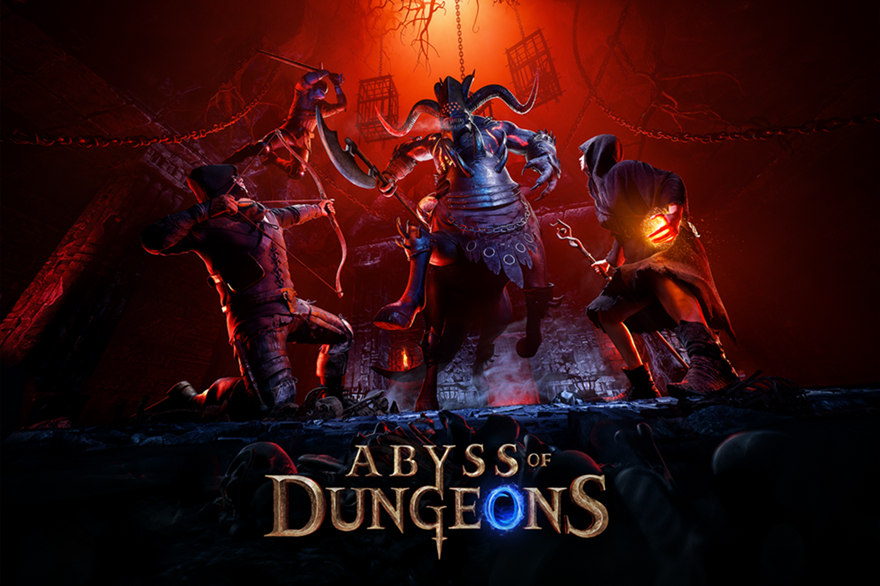
行動裝置上的光線追蹤為何重要
透過光線追蹤技術,玩家可以體驗逼真的光線、反射和陰影效果,進一步沉浸在《Abyss of Dungeons》的黑暗奇幻世界中。雖然行動遊戲需要具備令人驚豔的視覺效果,但要達到高保真效果 (例如光線追蹤視覺效果) 是一大挑戰。以往,行動遊戲效能限制了進階算繪技術,因此與電腦和主機遊戲相比,視覺品質必須有所妥協。
Krafton Abyss of Dungeons 旨在克服這些限制。目標是將通常用於高階平台的光線追蹤技術,整合至 Unreal Engine 5 (UE5) 的行動版中。這項計畫旨在透過在行動裝置上提供更逼真且視覺效果豐富的圖像,大幅提升玩家的沉浸感。團隊需要解決效能瓶頸、調整 UE5 的 Lumen 等複雜的算繪管道,並確保各種行動裝置硬體的穩定性,這代表我們朝著在行動遊戲中提供主機級圖形的目標邁進了一大步。
從光柵化到光線追蹤的視覺飛躍
傳統的算繪是行動裝置算繪的標準,因為速度快。它會逐像素將 3D 物件投射到 2D 螢幕上。這個方法雖然效率高,但會簡化光源互動,導致陰影和反射效果不夠逼真。
光線追蹤則採用不同的做法。它會模擬光線的實際路徑,並計算光線與物件的互動情形。這麼做可產生高度精確且逼真的光線、陰影和反射效果。不過,這種逼真效果的代價是運算密集度。計算每個光線的路徑和互動需要大量的處理能力。
比較光柵化和光線追蹤
下表摘要說明光柵化和光線追蹤之間的主要差異:
| 功能 | 柵格化 | 光線追蹤 |
|---|---|---|
| 速度 | 快速 | 慢速 |
| 寫實 | Lower | 較高 |
| 資源使用 | 低 | 高 |
這種資源密集程度對行動裝置來說是一大挑戰,因為行動裝置的處理能力與電腦相比較為有限。這項限制在過去一直阻礙著在行動平台上採用光線追蹤技術。
在 Android 上選擇及實作光線追蹤:有系統的做法
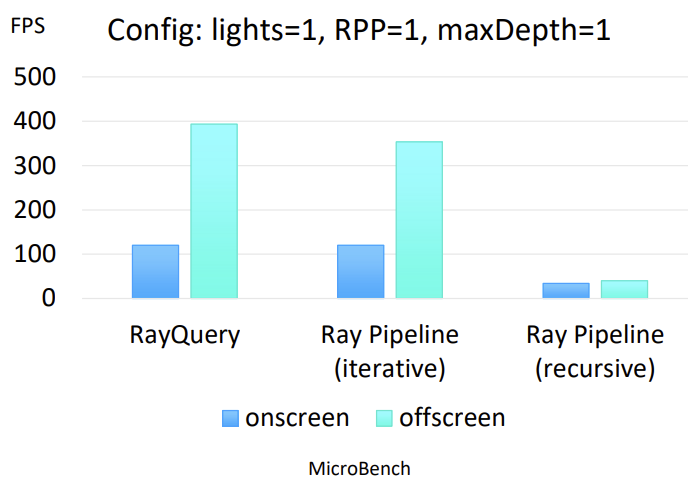
在 Android 上使用 Vulkan 實作光線追蹤時,我們考慮了兩種主要方法:光線查詢和光線管道。光線查詢提供更簡單的方法,可在著色器中手動管理光線,更容易整合至現有系統。
不過,Ray Pipelines 提供了更具可擴充性的解決方案,可讓 Vulkan 管理光線穿越和交集。雖然 Ray 查詢在較簡單的場景中最初速度略快,但 Ray 管道在更複雜的光線追蹤應用程式中展現出更佳的可擴充性和效能,因此是長期開發和複雜視覺需求的絕佳選擇。我們選擇平衡初始開發的簡易性、未來的擴充性和整體效能,並著重於遊戲的長期視覺完整性。
將 UE5 Lumen 改編為行動裝置:一項艱鉅的任務
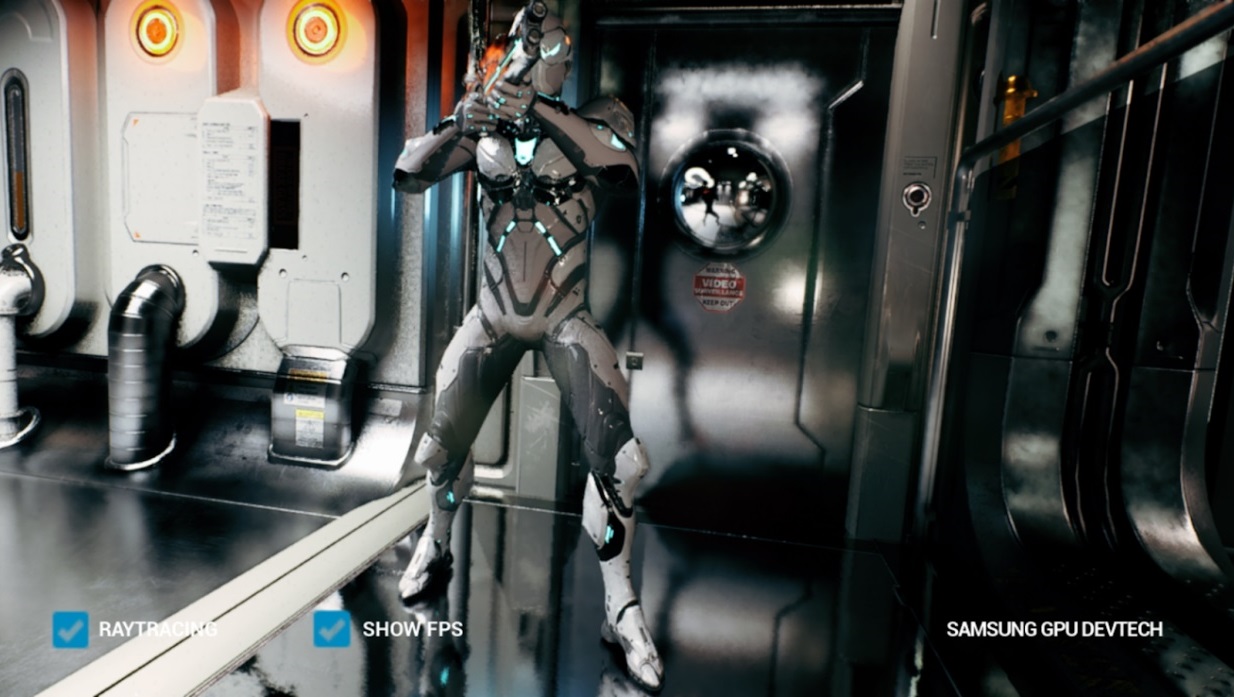
UE5 的 Lumen 是即時全域照明和反射系統,為遊戲環境的照明帶來革命性的變革。不過,這項技術原本是為高效能電腦和主機而設計,並非行動裝置。Lumen 的複雜性和資源需求,是行動裝置整合的重大挑戰。為了將 Lumen 改編為 Android 版,我們必須大幅修改 UE5 的算繪管道和著色器編譯器,並最佳化加速結構 (AS),以便有效管理複雜的場景資料。團隊的目標是縮小這項差距,讓行動裝置能夠處理 Lumen 的複雜照明計算,同時兼顧效能和穩定性。這項調整工作也為 Unreal Engine 官方程式碼庫做出貢獻,造福更廣大的遊戲開發社群,並提升行動裝置算繪功能。
光線追蹤陰影和反射:提升視覺真實度
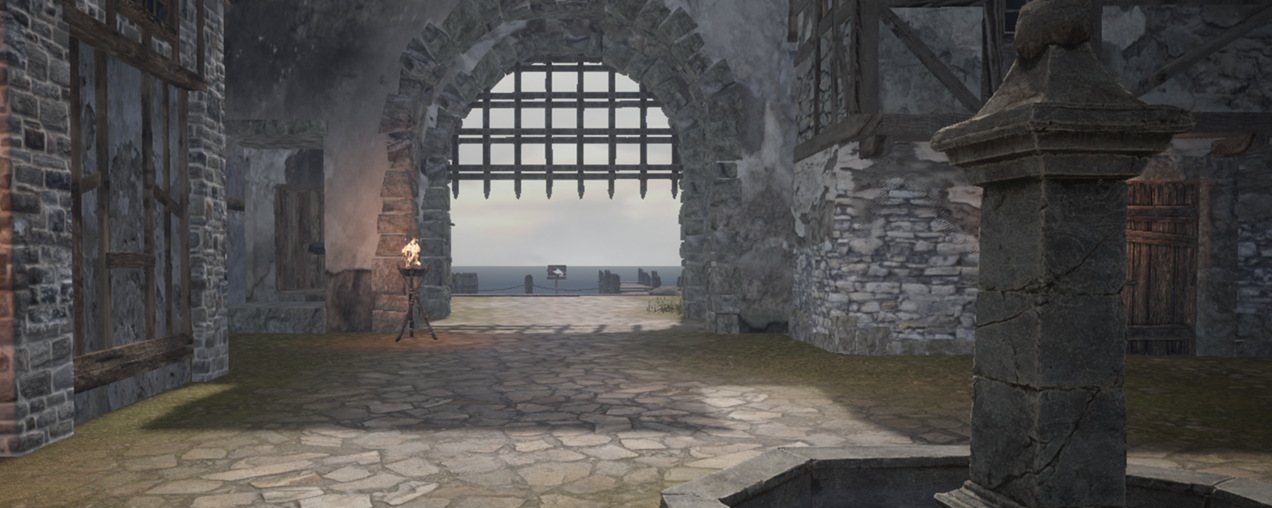

實作光線追蹤陰影時,系統會直接從表面追蹤光線到光源,相較於傳統陰影地圖,可提供更高的精確度。這項程序包括深度預處理、光線查詢陰影、去雜訊,以及整合至照明處理。我們使用單一光線加上抖動,再加上去雜訊,就能有效地產生柔和陰影。針對反射,團隊實作了多階段程序,包括 G 緩衝區處理、光線追蹤反射和命中資料儲存、材質 ID 轉換、解析處理 (建構反射圖像) 和混合處理 (將反射整合至主要場景)。最佳化功能 (例如 CPU 回饋、平鋪式方法、例項批次處理和非同步 AS 建構) 可大幅提升效能並降低額外負載,解決行動裝置上這些程序的資源密集型特性。
效能影響和最佳化策略


光線追蹤的效能影響 (尤其是反射) 極大程度上取決於場景。在有大量反光表面的場景中,反光效果可能會佔用大量影格時間 (30% 至 40%)。為了讓光線追蹤可行,最佳化是至關重要。團隊採用多種技術來降低額外負擔並提高效率:使用以圖塊為基礎的算繪方法,盡量減少浪費的處理作業;將相同材質和幾何圖形的例項分批處理,以減少繪圖呼叫;只為可見的幾何圖形建構加速結構;以及使用非同步運算來建構加速結構。這些策略可大幅縮短處理時間並減少 GPU 負載,讓行動硬體能夠進行即時光線追蹤。
其他資訊
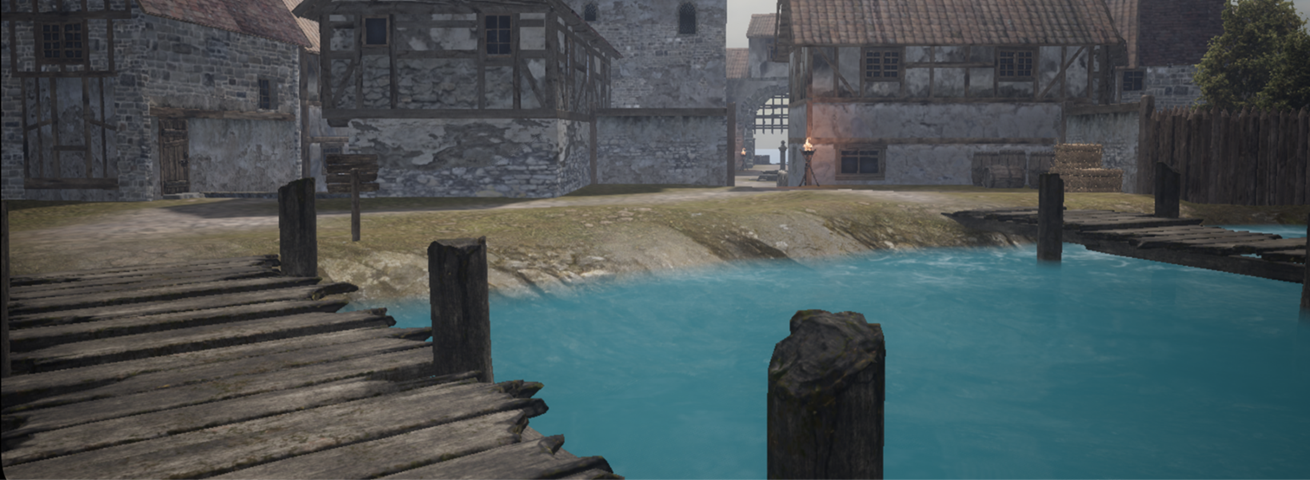

三星 DevTech 團隊和 Krafton 的《Abyss of Dungeons》證明,只要採用策略性調整和最佳化,就能將光線追蹤等高階算繪技術帶入行動平台。團隊成功調整 UE5 的 Lumen 系統、實作自訂算繪解決方案,並解決許多技術障礙,進而提供視覺效果更出色的遊戲體驗。這項努力不僅改善了《Abyss of Dungeons》的視覺逼真度,也為日後的行動遊戲開發提供寶貴的洞察和技術。這項獎項凸顯了遊戲開發人員和技術供應商之間合作的力量,可透過創新和提升行動遊戲體驗,讓遊戲品質更接近電腦和遊戲主機的品質。

